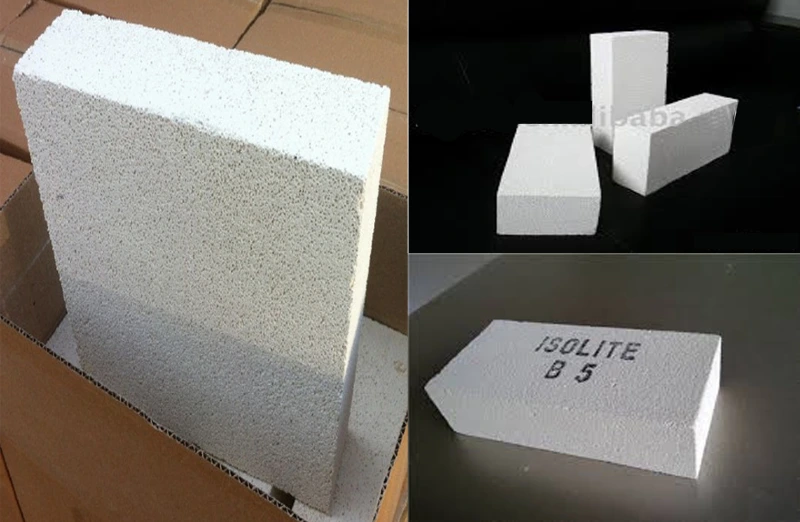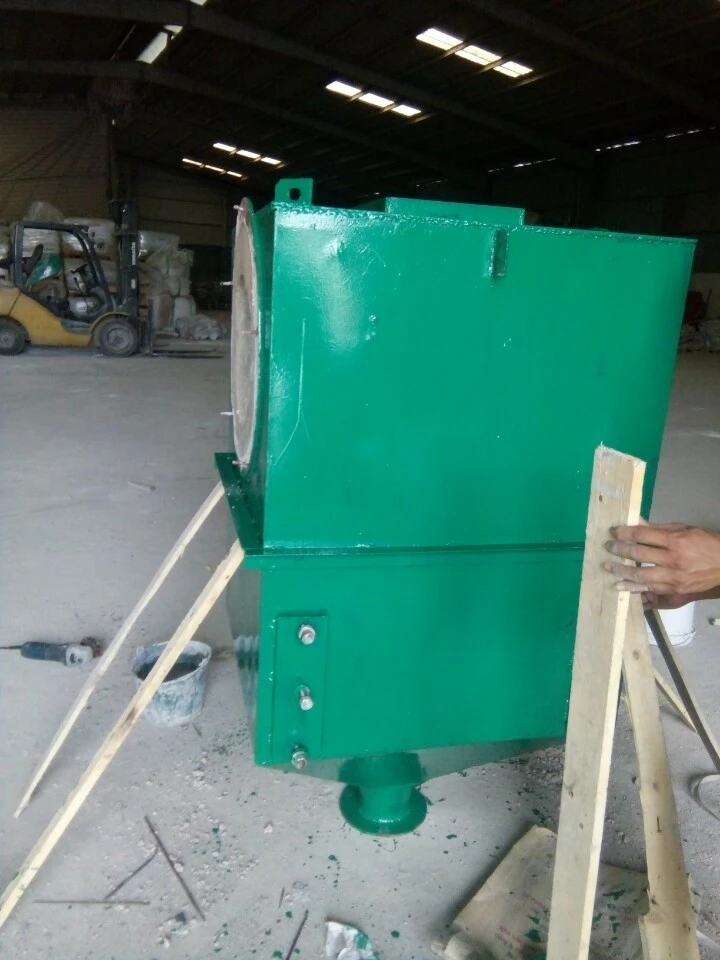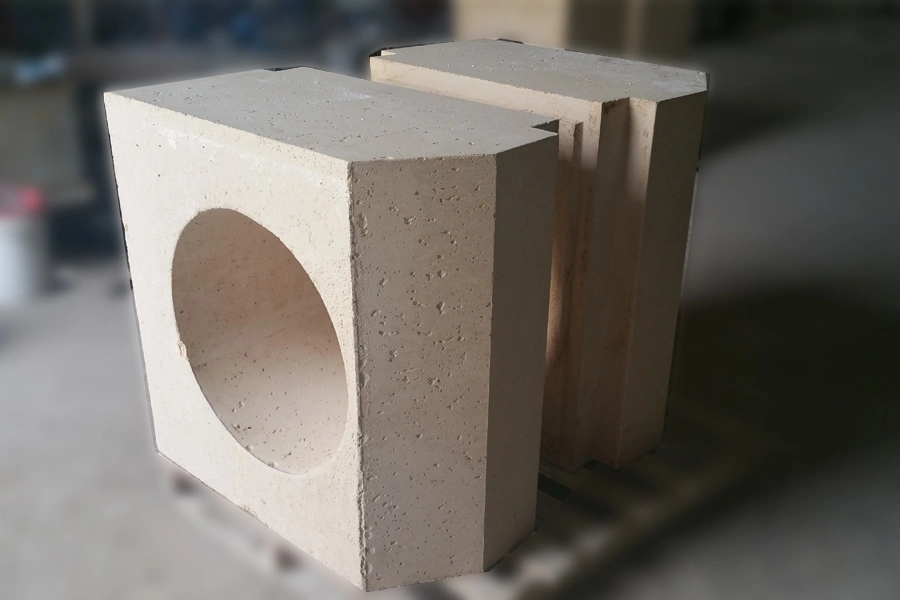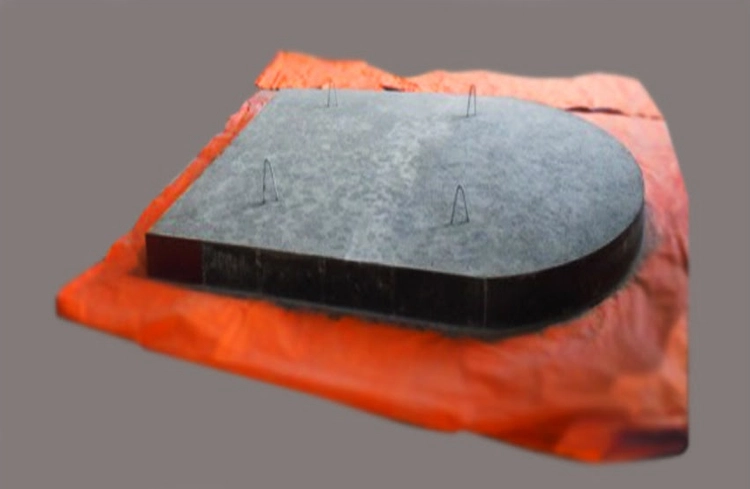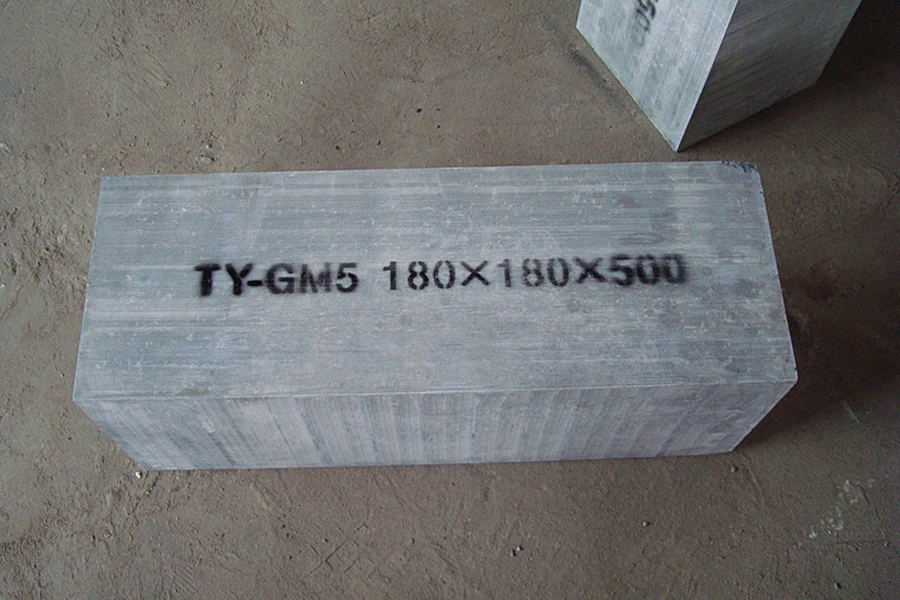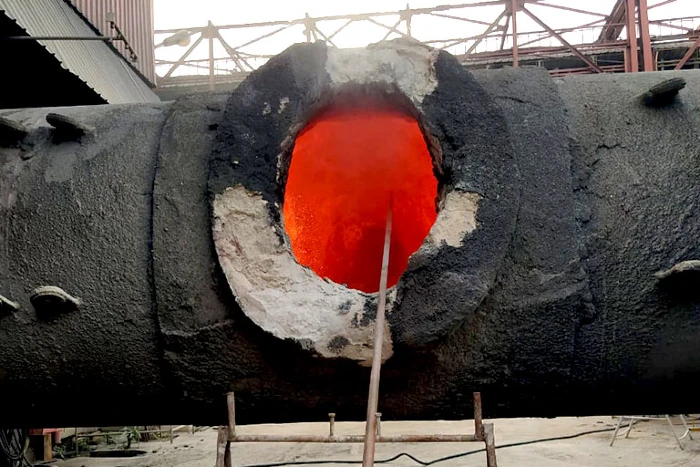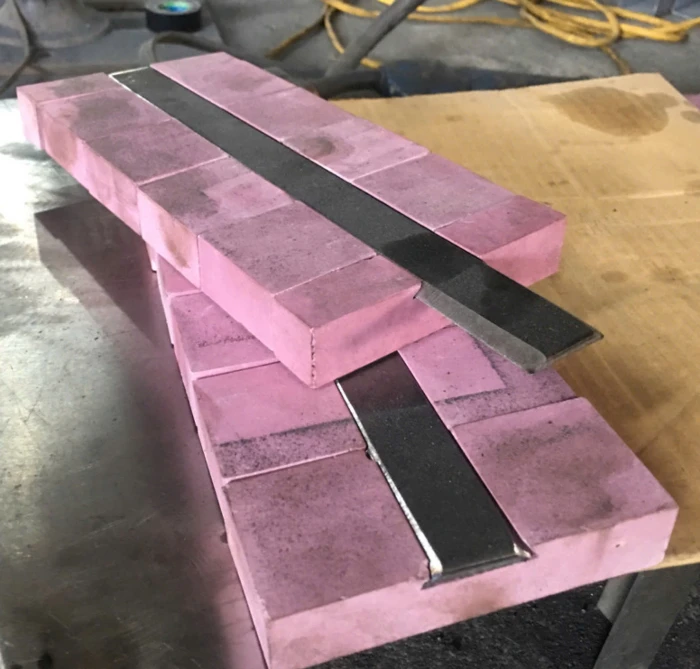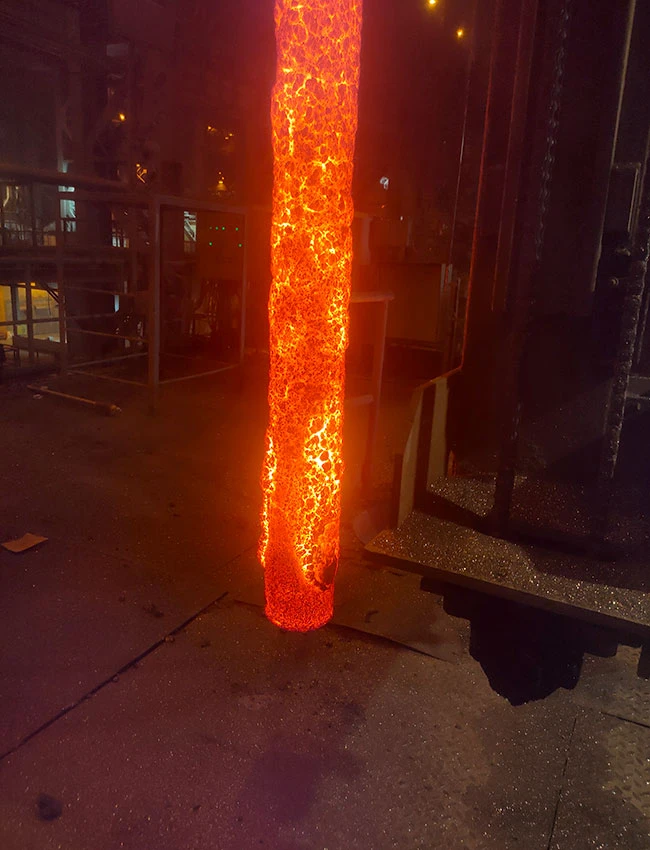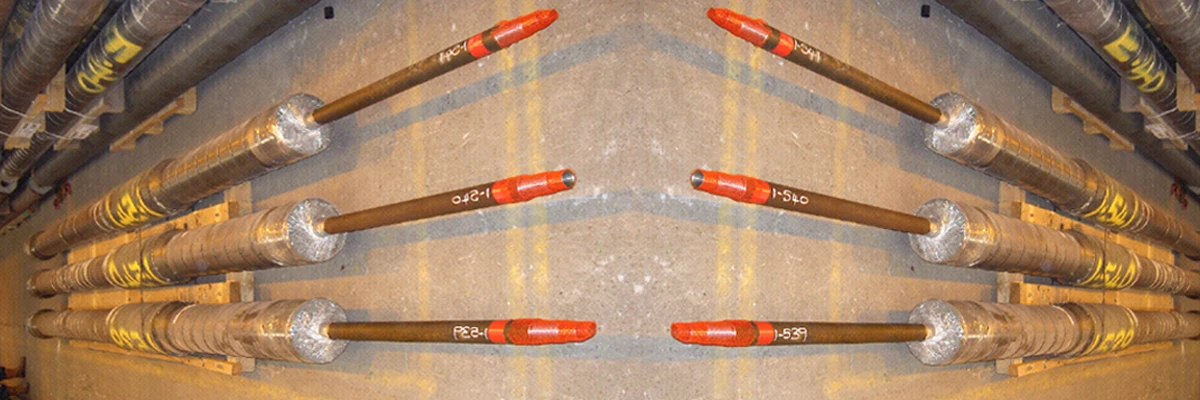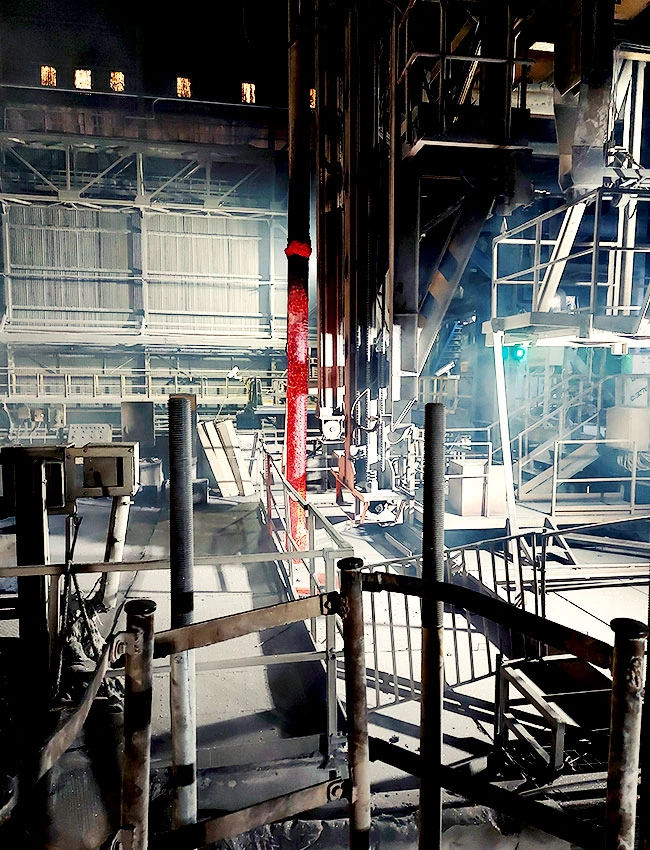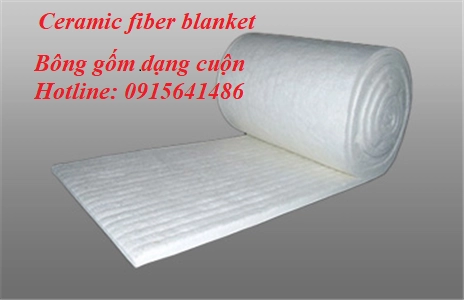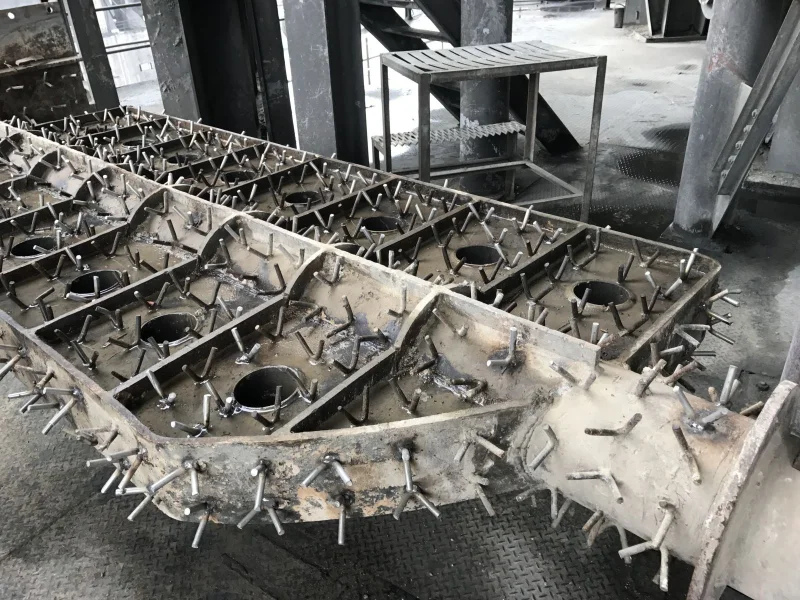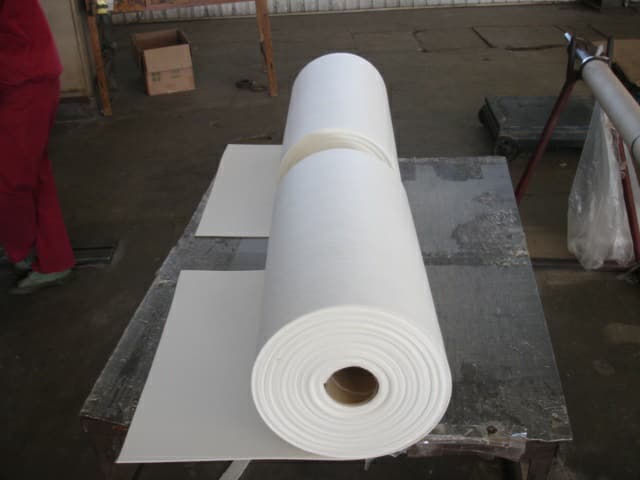Refractory Materials
Refractory materials (RM) are widely used in industries such as metallurgy, chemicals, thermal power, ceramics, and cement production. The refractory material manufacturing industry produces products used for building industrial furnaces, incinerators, and equipment that operate at high temperatures (>1000°C) for extended periods without deforming under mechanical loads.
Refractory materials differ from construction materials in the following technical requirements:
The temperature in modern incinerators and industrial furnaces ranges from 1000°C to 1800°C. Therefore, refractory materials must have fire resistance, meaning they must withstand deformation when working at high temperatures.
Most refractory materials have a melting point above 1650°C-1750°C. However, at lower temperatures, many refractory materials begin to soften and lose their construction strength. Therefore, the effect of high temperatures on refractory materials is not limited to their melting point. The quality of refractory materials is evaluated by their ability to withstand the effects of mechanical loads at specific temperatures.
When exposed to high temperatures, most refractory materials experience a volume reduction due to the phenomenon of sintering. Some materials, such as Dinas, may even expand in volume. This change in volume can lead to damage and destruction of the furnace shell. Thus, refractory materials must have volume stability at their operating temperatures.
Temperature fluctuations in the furnace during heating and cooling, as well as uneven heating of the furnace shell, can cause cracking and breakage of refractory materials. Therefore, refractory materials must possess thermal strength, meaning their ability to resist destruction under changing temperature conditions.
The refractory lining inside industrial furnaces or incinerators can easily be damaged by chemical reactions with fuel ash or materials being processed. Thus, another requirement is chemical durability.
Currently, there is no single type of refractory material that combines all the necessary working properties for use under any conditions. Each type of refractory material is characterized by a specific property, based on which its suitable application range is determined. For example, Dinas, at high temperatures, has high construction strength and is excellent for building furnace arches working at high temperatures. On the other hand, Manhedi bricks typically have high fire resistance and slag durability but have low thermal strength. They are not suitable for use in furnace arches subjected to shear forces.
Tìm kiếm
Danh mục
Sản phẩm nổi bật
Refractory Solutions for industries nổi bật
Gunning Torpedo Car
13/06/2025
DS Lance Slider Desulphurization Gun
13/06/2025
Desulphurization Lances
13/06/2025
Desulphurization Gun Prdimg
13/06/2025

